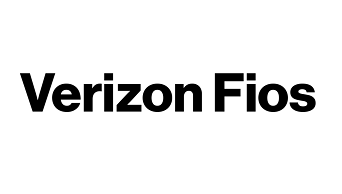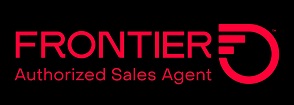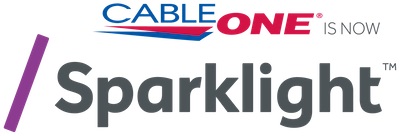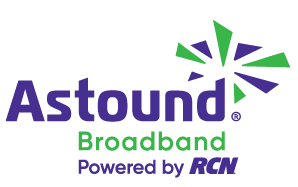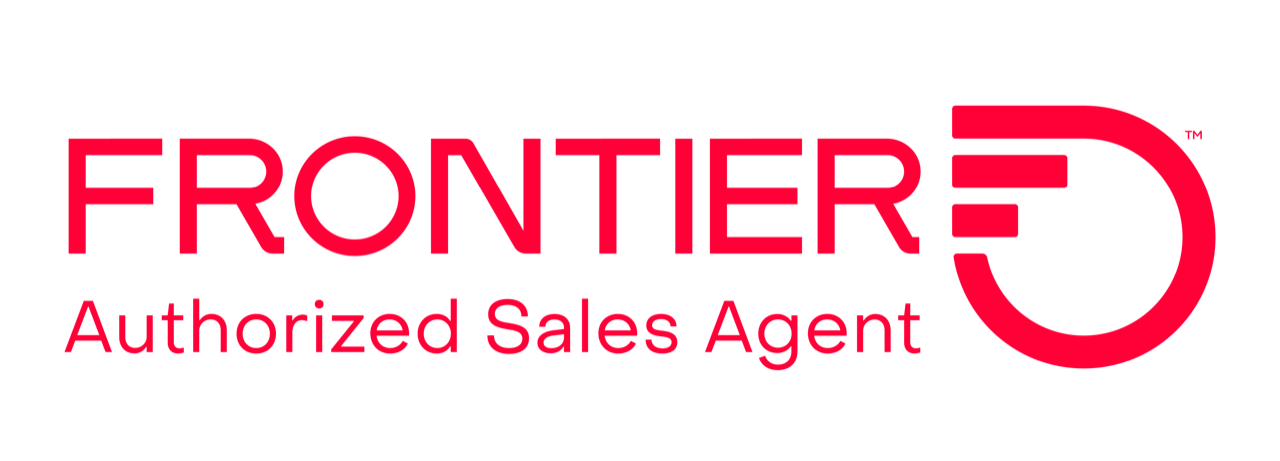Compare the Top Internet Providers of 2025


Call (858) 947-7574

 An ever-increasing number of technologies (cable, DSL, satellite, WiFi, cellular 3G, 4G) are available to deliver high-speed Internet access. This is making the market more competitive, leading to a nice combination of lower prices and ever increasing download speeds. (Interestingly, though, U.S. high-speed Internet moves at a turtle’s pace compared to the speeds available in other countries.)
An ever-increasing number of technologies (cable, DSL, satellite, WiFi, cellular 3G, 4G) are available to deliver high-speed Internet access. This is making the market more competitive, leading to a nice combination of lower prices and ever increasing download speeds. (Interestingly, though, U.S. high-speed Internet moves at a turtle’s pace compared to the speeds available in other countries.)
On this page, we display high-speed Internet promotions from phone (DSL) and cable companies. The phone companies tend to offer multiple DSL plans, with higher prices associated with more download speed. If your Internet needs aren’t as intensive (e.g., checking e-mail and web browsing as opposed to gaming), you may find that a lower-end DSL offering can save you quite a bit of money, while still delivering a satisfying high-speed experience.
For those living in areas not yet served by cable or DSL, Internet access by satellite or cellular network may be a viable alternative. These options have historically been more expensive while offering less speed, although the differential in both speed and price is decreasing.
What types of internet are available? The most common choices for high-speed Internet access include:
- DSL
- Cable Internet
- Satellite Internet
- WiFi
- Cellular 3G and 4G networks
Most of these can be easily integrated with your telephone service and in fact, most high-speed Internet providers also provide telephone service.
What do I need to compare internet and WiFi plans? To compare internet plans, users should look at service availability, speed, data caps, and customer reviews for insight into internet service plans and providers they are considering. Use our chart below to compare cable, satellite, and DSL high-speed Internet providers and find out which company can get you the best deal on cheap high-speed Internet. You may even be able to find a cheap high-speed Internet option that you can integrate easily with your current telephone service.
In this article, we will also explain some other high-speed Internet services so you can see when these other services come in handy, and why you wouldn’t want to rely on them for home Internet service.
Good Internet access is indispensable today. As a business, you are expected to maintain a certain online presence. If you want to do research, there is no faster way than the Internet. And if you are trying to keep in touch with other people for personal or professional reasons, nothing beats the Internet.
So what’s the best method for getting an Internet service for your home or business? You have a lot of choices, and you owe it to yourself (and to your wallet) to carefully investigate all of your options. You can choose DSL, cable, satellite, dial-up, or wireless Internet. These are your best bets for a reliable means of Internet access in your home or office.
Check out some of our resources to figure out which Internet access source is your best bet. There are lots of ways that you can get great service while saving money, so be sure to compare and research before signing any contracts.
|
|
High Speed Internet Options
DSL (Digital Subscriber Line)
DSL provides you with high speed Internet through any existing analog telephone line. As a result, lots of traditional telephone companies provide DSL high speed Internet service. Analog telephone lines are made up of copper wires. A DSL modem makes use of the extra bandwidth on your telephone line to connect you to the Internet. Bandwidth is the frequency range that enables you to transmit signals to make telephone calls.
It doesn’t take very much bandwidth to transmit a phone call, so there is a lot of extra space on a telephone wire for a DSL modem to use and access the Internet. This means that you can use the Internet through a DSL connection and make a phone call at the same time because there is plenty of bandwidth on the wire for both.
Your computer connects to the DSL modem, which in turn is connected to your service provider through an analog telephone line. Your service provider then connects you to the Internet through their DSLAM (digital subscriber line access multiplexer).
This means that if you don’t already have an analog phone line in place in your home, you would have to have one installed in order to use DSL service. It can cost upwards of $100 to get a new phone line installed for DSL in the event that your house doesn’t already have a phone line.
A DSLAM can provide seamless Internet service to lots of DSL units in an area. This is one way in which DSL is an improvement over cable modems, which slow down as more users in a particular area (like a neighborhood or apartment complex) connect to the cable line at once. As a result, while cable companies may advertise faster Internet than DSL, cable may not always be faster in practice.
However, it may be harder for you to use DSL for high speed Internet access if you live far away from your service provider’s nearest office. You should do some research on the DSL service providers in your area to see how other customers have rated their service. If other customers report bad service, you are probably too far away from a DSLAM location.
If you already have a phone line, DSL can be a pretty cheap high speed Internet option. DSL service starts around $14.95/month with AT&T if you already have an AT&T phone line. However, if you have a phone line with another company, the price goes up to $19.95/month.
Cable Internet Service
Today, you can get a cable company to provide you with telephone, television, and high speed Internet all in one. Cable companies use actual physical cables to provide you with service. Using either coaxial cables, or a pairing of coaxial cables and fiber-optic cables, the cable company connects your home to their nearest company location. You can then get TV, Internet, and telephone service through the signals on the cables.
A cable company provides you with Internet service via a cable modem. The cable modem uses the bandwidth available through a selection of TV channels to connect to the Internet. An Internet connection doesn’t require a large amount of bandwidth, so it is very easy to combine Internet service with TV service through one cable.
Most cable companies now offer bundling, which allows you to use your cable service for TV, Internet, or telephone, or any combination of the three. However, you should do some research before buying a bundle to make sure that you are getting a good price on all three services.
Cable companies are often more expensive than other service providers. Usually, high speed cable Internet costs between $25 and $35/month. But cable Internet does have some advantages. Cable Internet usually provides you with a pretty reliable and high quality Internet connection. This is especially true if you are the first or only person connected to a particular cable channel. And unlike DSL, cable service doesn’t degrade as you get farther away from the cable service provider because you have a physical connection to the service provider.
However, it can be difficult to share a cable high speed Internet connection among a lot of users. All of the users on your channel are sharing bandwidth, so you may see your connection slow down considerably if you have a lot of users on your connection, especially if any of those users needs to do a lot of data-intensive activity like streaming lots of videos or sending lots of large files.
Satellite Internet Service
Satellite high speed Internet providers are not exactly the most popular high speed Internet providers out there, but in some cases satellite Internet service may be a great choice. Satellite Internet is particularly good for customers who live in rural or remote regions that aren’t covered by cable or traditional telephone companies.
It can be difficult to get Internet service to people in rural and remote areas because they are farther away from the service providers’ headquarters, and may be out of range for DSL or cable connections.
To use a satellite Internet service, you need to have a satellite dish that faces the equator because your satellite dish receives frequencies from an orbiting satellite over the equator. This satellite dish is connected to your modem so that you can use the frequencies to access the Internet.
Satellite Internet is not quite as easy to install and use as satellite TV service. Satellite Internet equipment can be very expensive (you frequently buy the equipment from the company rather than rent it, and the equipment can run between $800 and $10,000). After that, monthly service costs around between $50 and $100.
WiFi High Speed Internet Service
WiFi, or wireless fidelity, refers to a system by which wireless devices like computers and tablets connect to the Internet through radio signals.
When you want to use a WiFi network, you access the network through a router. Your wireless device communicates with the router, which in turn communicates with the Internet through an Ethernet connection.
Today, you can find a WiFi connection in most public places like restaurants, airports, hotels, businesses, etc. Wireless devices like laptops, smartphones, and tablets come with built-in WiFi capabilities so you can connect to a WiFi network pretty much wherever you are if you have a wireless device with you.
Sometimes, you have to pay a fee to use a WiFi service in a public place. For example, most airports charge $5 to $10 dollars to connect to their WiFi service. Other times, businesses will only give out WiFi passwords to their customers or clients.
WiFi is a popular choice for large networks like campuses and businesses. However, you can now get a subscription to nationwide WiFi service with a number of wireless phone companies. For example AT&T customers can get free service at any AT&T WiFi hotspot in the nation. People without an AT&T wireless plan can use AT&T hotspots for $3.99/session.
You can also turn devices with 3G or 4G like smartphones into hotspots. However, this can be pretty expensive, around $20/month with Verizon.
You can also build your own WiFi network in your home with a wireless router. There are lots of websites that you can check out to find out how to build a home WiFi network. This solution is becoming increasingly popular, but it does require a little bit of technical know-how.
Cellular 3G and 4G Networks for Internet Service
3G and 4G refer to refer to the components of the cellular data networks for third generation and fourth generation mobile phones.
Most wireless devices now have built in 3G and 4G access chips. You can also buy 3G and 4G plug-ins for older devices that don’t have built-in access.
3G and 4G technologies use a cellular connection to provide you with Internet access. As with WiFi, 3G and 4G technologies are great for when you need to use the Internet when you are on the go, but they aren’t really a good choice for a regular home Internet service. It can be expensive to use 3G and 4G as an Internet service as phone companies charge high rates per gigabyte of data. For example, Verizon charges $50 for 5GB per month. However, some critics have noted that you can quickly use far more than 5GB of data if you are a heavy Internet user. There are no overage charges if you use more than 5GB of data because your service will be cut off until the end of the month if you use up your 5GB.
Dial-Up Internet Access
Dial-up Internet relies on the PSTN (public switched telephone network), the infrastructure of the traditional telephone system, to deliver Internet service. If you already have a telephone line on the PSTN, then you only need a modem to use the line for Internet service as well.
Dial-up is widely considered to be outdated as it is not a broadband Internet service.
Advantages of Dial-Up
Dial-up has the advantage that it can be used by a wide range of customers because it is a very cost effective method of getting Internet access. If you already have a telephone line, then you only need to get a modem. These start around $20 or $30. However, you may be able to rent a modem for little or no cost.
Dial-up service can cost as little as $5 to 10/month. Of course, if you don't have an existing PSTN line, then it doesn’t make as much sense to try to use dial-up for your Internet service because you would have to pay for the installation of a telephone line, as we discussed above in the section about DSL.
Dial-up is still popular for people who don't have a very large budget for Internet service because it is a perfectly usable Internet service for people who only need the Internet for basic things like checking email.
Disadvantages of Dial-Up
Compared to advancements in broadband Internet technology, dial-up is no longer a viable option for people who need to use the Internet for more taxing things like gaming and video streaming. In fact, some online services can’t even function with dial-up. This includes popular online games like Halo: Combat Evolved and Final Fantasy XI.
How is dial-up distinct from DSL? Dial-up is distinct from DSL in the way that the two services make use of their connection to a telephone line. With DSL, you can distribute the bandwidth available on the telephone line for many purposes. So, multiple people can use the Internet at once, while someone else can still use the telephone.
Dial-up, on the other hand, only allows one use of the telephone line at a time. So, if you need to use the Internet, no one else can use that line to make phone calls at the same time. So, if you don't have two lines in your home, one for Internet and one for telephone use, dial-up is probably not a viable option.
Charter Communications, Charter Spectrum, Charter Spectrum TV, Charter Spectrum TV Select, Charter Spectrum TV Silver, Charter Spectrum TV Gold, Charter Spectrum Internet, Charter Spectrum Internet Ultra 100, Charter Spectrum Voice, Charter Spectrum Double Play, & Charter Spectrum Triple Play are trademarks or registered trademarks of Charter Communications.


 Menu
Menu




